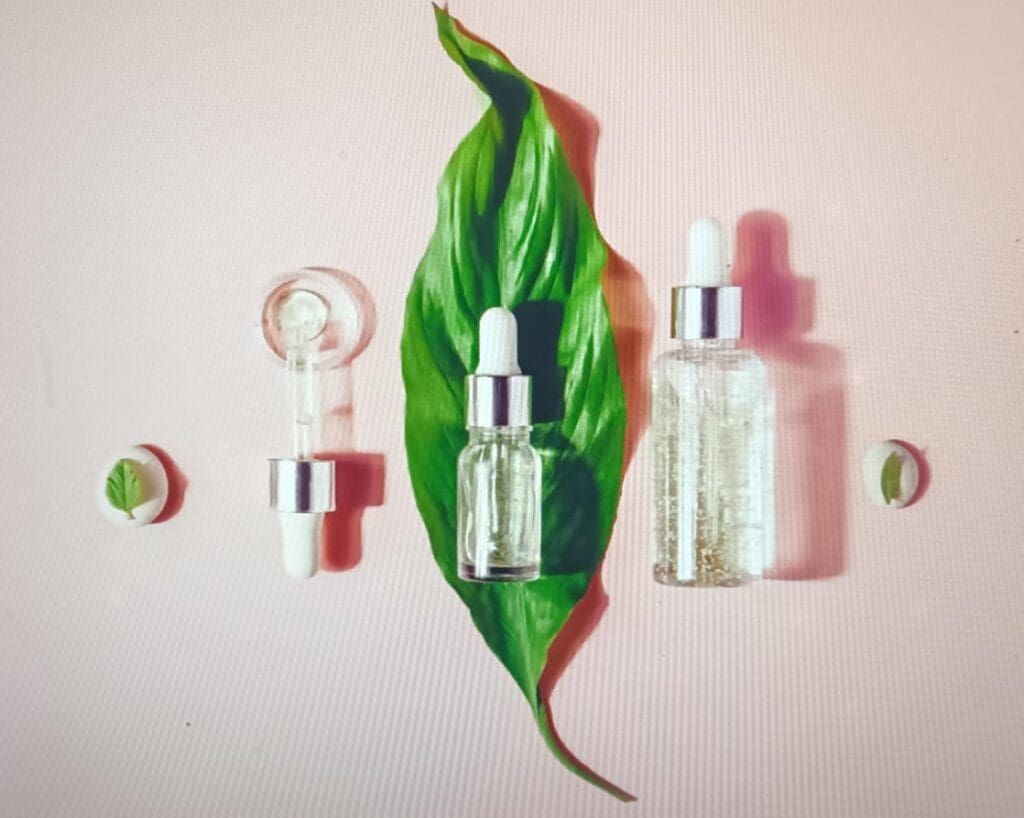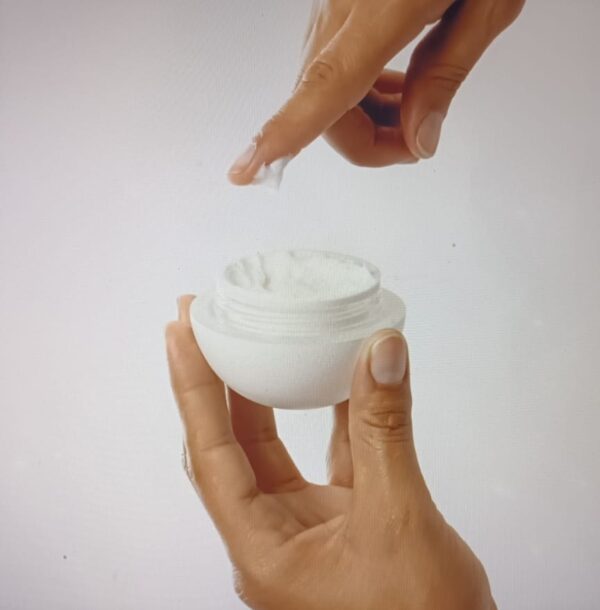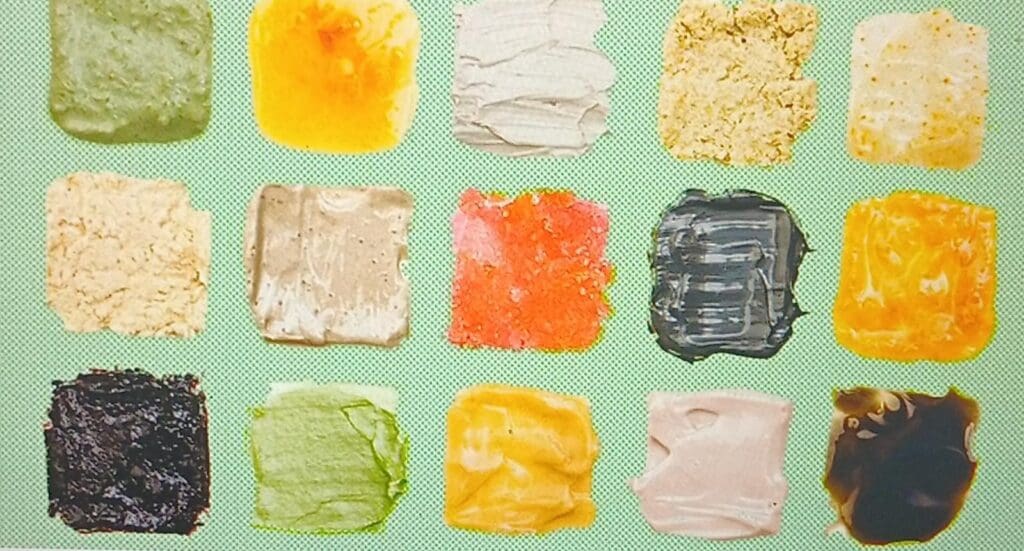
Retinol is often considered a game-changing ingredient in the world of skincare.
Whether youare dealing with acne, fine lines, or dull skin, retinol has the power to address multiple skin concerns at once.
But using it correctly is crucial for achieving its full potential without irritating your skin.
In this guide, we will explain not only how to use retinol but also when to apply it for optimal results.
Plus, we will explore the best age to start incorporating this powerhouse ingredient into your skincare routine.
What Is Retinol in Skincare?
Retinol, a derivative of vitamin A, is celebrated for its ability to promote skin cell turnover, boost collagen production, and reduce the appearance of wrinkles, fine lines, pigmentation, and acne.
It refines the texture of the skin and minimizes the look of enlarged pores, making it an all-rounder in tackling various skin concerns.
Found in serums, creams, and lotions, retinol works by speeding up cell renewal and shedding dead skin cells, resulting in a smoother, brighter complexion.
Your First Night with Retinol: Slow and Steady Wins the Race
When you first bring home your retinol cream or serum, don’t rush to apply it all over your face just yet.
Unlike your wedding night, where you might dive right in, you need to take it slow and let your skin adjust! Start by testing a small amount on the back of your hand and wait a few hours to see if it causes any irritation.
Once you pass this patch test, move on to applying a tiny bit on your neck, not your entire face—yes, patience is key! If all goes well and there is no irritation, you are in luck.
You can now apply retinol to a larger area, like the shaving region of your face, but be sure to avoid the eye area for now.
The skin around your eyes is more sensitive, so after a few applications, you can gradually introduce retinol to those spots where fine lines and wrinkles love to show up first.
Now, let’s explain the steps.
How to Use Retinol in Your Skincare Routine
Introducing retinol into your skincare routine can be daunting, especially if you are new to it or have sensitive skin. Here is a step-by-step guide on how to use it effectively without overwhelming your skin.
1. Start Slowly
Retinol is a potent ingredient, and diving in too quickly can lead to redness, irritation, and peeling.
For beginners, it is essential to ease into it.
Start by applying retinol just once or twice a week, allowing your skin to adapt.
Gradually, as your skin builds tolerance, you can increase the frequency to every other night, and eventually nightly use if your skin tolerates it well.
2. Use a Low Concentration to Start
Begin with a low concentration of 0.1% to 0.3% retinol to allow your skin to adjust. This helps reduce the risk of irritation.
Once your skin becomes more tolerant, you can gradually increase the strength, if needed, based on your skin’s reaction.
3. Cleanse and Dry Your Skin First
Before applying retinol, always cleanse your face thoroughly to remove any dirt, oil, or makeup.
Unlike some skincare products that are best applied to damp skin, retinol should be applied to dry skin.
Damp skin can enhance the penetration of retinol, which might lead to increased irritation. After cleansing your face, wait 5 to 10 minutes for your face to dry completely.
4. Use a Pea-Sized Amount
When it comes to retinol, less is more. You only need a pea-sized amount to cover your entire face. Apply it in gentle upward strokes, starting from the neck and working your way up.
5. Don’t Use It Over Eyelids and Lips
Do not apply retinol directly to your eyelids or lips. Avoid applying it too close to the nostrils as well.
These areas are sensitive and more prone to irritation and dryness. However, you can use it around your mouth and near the eye area, but cautiously.
6. Mix It with a Moisturizer
To reduce the potential irritation from retinol, you can mix it with a moisturizer before applying it to your skin. Alternatively, you can apply a thin or thick layer of moisturizer first and then apply retinol on top.
This creates a buffer that can help minimize burning or irritation. This method is especially helpful for those with dry or sensitive skin.
If you have oily skin, you might not need a moisturizer, but this will depend on the strength of retinol you are using.
Pay attention to how your skin reacts and adjust accordingly.
Don’t worry—retinol will still be effective even when mixed with moisturizer.
7. Use Sunscreen in the Morning
Because retinol makes your skin more sensitive to UV rays, it is essential to apply sunscreen during the day, even if you are mostly indoors.
This helps protect your skin from sun damage and prevents further irritation.
When to Use Retinol: Day or Night?
Retinol should only be used at night due to its sensitivity to sunlight. Here’s why:
Sunlight Deactivates Retinol: Retinol is unstable when exposed to light, which reduces its effectiveness. Using it during the day can limit its benefits, making nighttime the best time to apply it.
Skin Sensitivity to UV Rays: Retinol can make your skin more vulnerable to sun damage, even if you are wearing sunscreen. Nighttime application minimizes this risk.
Nighttime is for Skin Recovery: While you sleep, your skin repairs and regenerates, making it the perfect time for active ingredients like retinol to work their magic.
More Important Tips for Retinol Use
To maximize the benefits of retinol and minimize the risk of irritation, follow these essential tips:
1. Be Patient
Retinol takes time to show results. While you might notice improvements in skin texture or reduction in acne after a few weeks, more significant changes, like fewer fine lines and reduced pigmentation, can take up to 12 weeks or longer. Consistency is key.
2. Monitor Your Skin’s Reaction
As you gradually introduce retinol into your routine, keep an eye on how your skin reacts. If you experience dryness, redness, or peeling, reduce the frequency of application or mix it with your moisturizer to reduce irritation.
3. Don’t Overdo It
Resist the temptation to apply more than a pea-sized amount or use it more frequently than your skin can handle. Overusing retinol can cause more harm than good, leading to irritation and inflammation.
At What Age Should You Start Using Retinol?
While there is no hard and fast rule about when to start using retinol, many experts recommend incorporating it into your skincare routine in your mid to late 20s. Here’s why:
Collagen Production Slows Down in Your 20s:
By the time you hit your mid-20s (around ages 24 or 25), your body’s natural collagen production starts to slow down. This is the best time to introduce retinol into your skincare routine, as it helps stimulate collagen production, making it an excellent preventive measure against the early signs of aging.
Addressing Early Signs of Aging:
If you are noticing fine lines, dullness, or uneven skin tone in your early 20s, you can start using retinol as early as 21 to prevent further damage and help slow down the aging process.
Acne and Post-Inflammatory Hyperpigmentation:
Retinol is not just for anti-aging. If you are dealing with acne in your teens or early 20s, your dermatologist can prescribe retinol, regardless of your age, to unclog pores, prevent breakouts, and fade post-acne marks.
Is It Ever Too Late to Start Using Retinol?
It is never too late to start using retinol. Even if you are in your 30s, 40s, 50s, or beyond, retinol can still provide significant benefits.
It can improve the appearance of fine lines, wrinkles, and pigmentation, as well as give your skin a smoother and more radiant look.
However, the earlier you start, the better you can prevent signs of aging from forming in the first place.
Final Thoughts
Retinol is a powerful and versatile ingredient that can revolutionize your skincare routine, but using it correctly is essential to avoid irritation and maximize its benefits. Always start slow, apply it at night, and follow up with sunscreen during the day.
Whether you are in your 20s and looking to prevent aging or in your 50s and hoping to treat existing wrinkles, retinol can be a valuable addition to your routine.
By understanding how and when to use retinol, you will be well on your way to achieving clearer, smoother, and more youthful skin.
Related:
Your Guide to the 10 Most Effective Anti-Aging Ingredients
8 Best Niacinamide Serums In Pakistan

Education: University of Peshawar
Abrar Ahmad holds a Master’s degree in Chemistry and has been writing about skincare for over five years. With a deep understanding of ingredients and their impact on the skin, he enjoys sharing practical, science-based skincare advice. When not writing, he loves playing with his kids.



